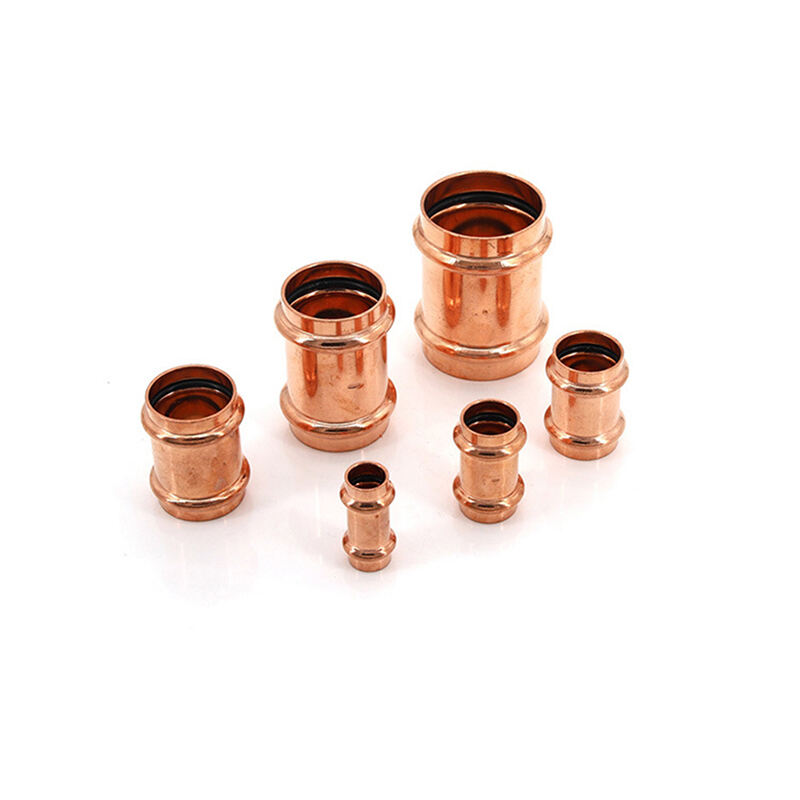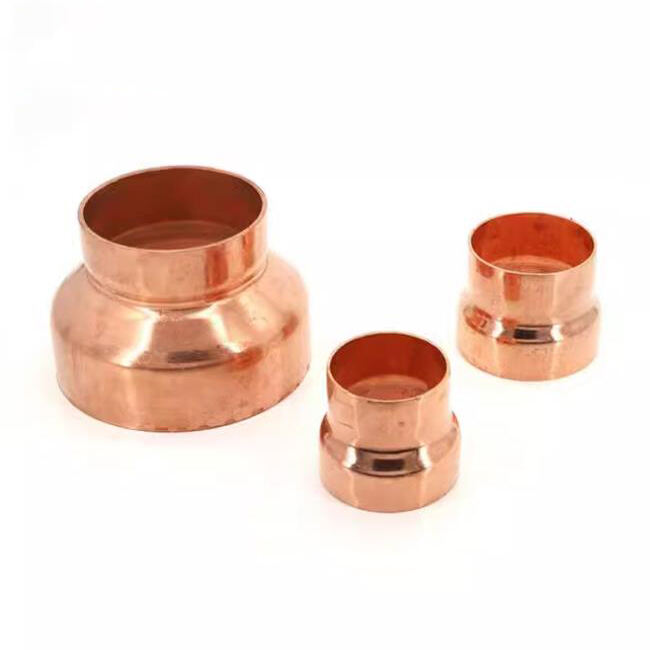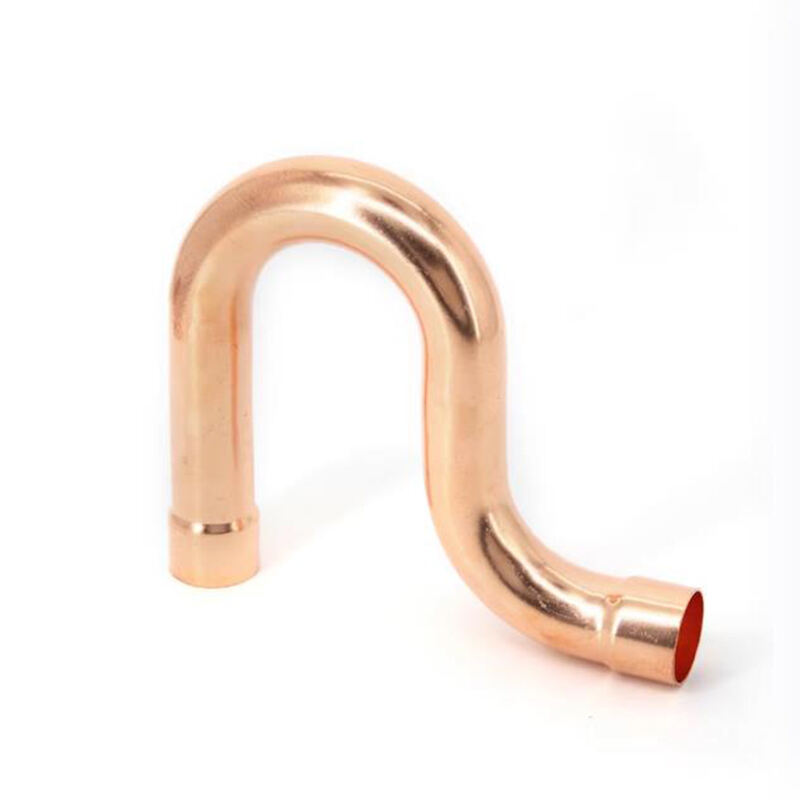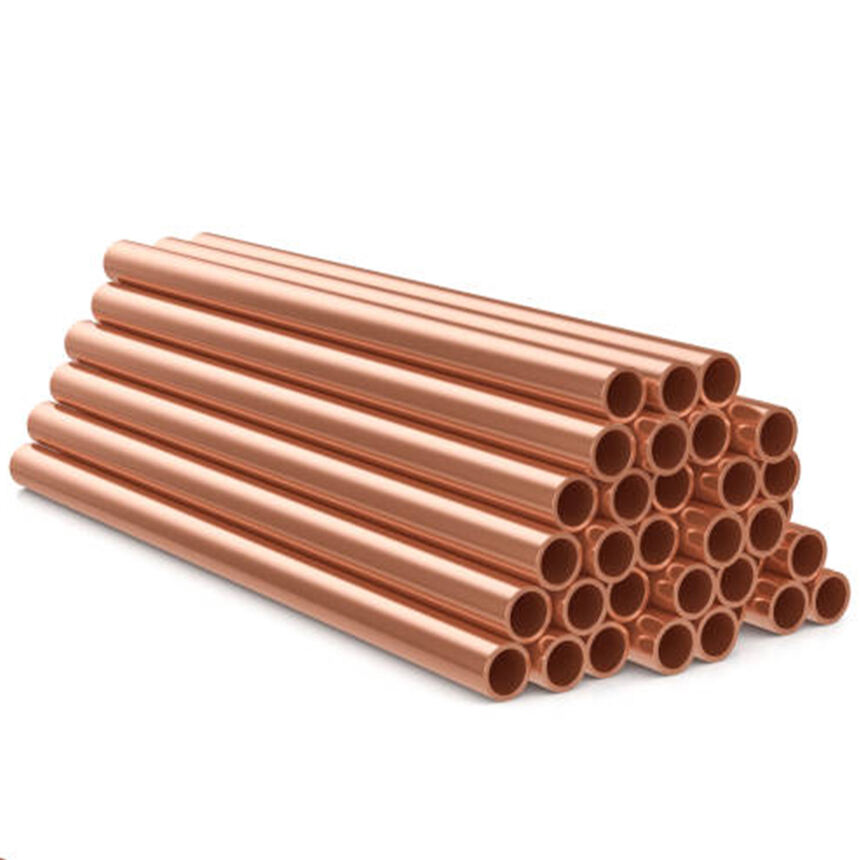Pipe adapters are useful in plumbing, industrial, and mechanical systems for connecting different sized, threaded, or various types of pipes. They ensure a secure and dependable connection. By selecting the proper adapters, you can connect pipes without leaks and prolong the lifespan of the equipment.
Selecting the Proper Material
Consider the type of fluid, pressure, and environmental conditions of the system when selecting the pipe adapter's material. Brass adapters are appropriate for gas and water systems because they are durable and corrosion resistant. For industrial applications, stainless steel provides good strength and chemical resistance. For low pressure systems, plastic adapters like PVC or CPVC are appropriate since they are lightweight and resistant to many chemicals.
Finalizing the Pipe Ends
Pipe ends need to be clean and smooth for proper sealing. Wiping the surface and dremeling or sanding rough edges is recommended to remove debris and imperfections. Proper preparation allows tight fitting of the adapter which decreases risk of leaks.
Using Thread Sealants Correctly
A sealant must be used to avoid leaks. For thread sealing strip, PTFE could be used. PTFE must be wrapped around the threads which must be closing. Thread sealing liquid could be used also for extra protection, however, using too much could do more harm than good by making compressing the connection difficult.
Proper Tightening Techniques
Loose connections can also cause leaks and can be classified as under-tightening. Correct and the best way which can be used to tighten is to balance between over-tightening and under-tightening. This can be done by hand-tightening and then using a wrench to compress the connection. Make sure to use the manufacturer's torque suggestions if they are available to avoid incorrect compressing.
Testing for Leaks
Before starting the sections, double-check the connection for any leaks. Start by gradually increasing the pressure and fluid into the sections and monitor any leaks. If there are any leaks, lower the pressure and retight the sealing. A thorough process ensures best results.
Upkeep and Evaluation
Pipe adapters require monitoring and inspections even when installed correctly. These areas require attention for possible rust, wear, or even coming loose. Early maintenance helps you find and resolve issues, preventing leaks and costly repairs, or even downtime.









